Estudi de les comunitats neolítiques de l’Horitzó dels Sepulcres de Fossa (nord-est de la península Ibèrica, c. 4.000-3.400 cal ANE) a partir de les anàlisis tecno-funcionals dels artefactes polits i bisellats
dc.contributor
Universitat de Girona. Departament d'Història i Història de l'Art
dc.contributor.author
Masclans Latorre, Alba
dc.date.accessioned
2017-12-15T17:13:43Z
dc.date.available
2017-12-15T17:13:43Z
dc.date.issued
2017-07-17
dc.identifier.uri
http://hdl.handle.net/10803/458141
dc.description.abstract
The present dissertation generates a new data corpus which makes it possible to resize and widen the current interpretative framework about the communities living in the North-East of the Iberian Peninsula around the turn of the fifth and fourth millennia Before Christ. The empirical foundation of this research is the analysis of polished and bevelled stone artefacts, found both in funerary and domestic contexts. In order to accomplish the goals of this research, it has been necessary to expand the use-wear analysis methodology and adapt it to the study of the kind of stones that are examined here through the development of extensive an experimental programme.
The new data provides fresh insight into the raw material management, the technical choices and the productive processes in which the tools were employed by the studied Neolithic communities. The results of our research help us to understand and explain the documented variability from a sociological point of view
en_US
dc.description.abstract
Aquesta tesi gener un nou corpus de dades que eixampla l’actual marc interpretatiu pel que fa a les comunitats que van viure al nord est de la Península Ibèrica entre el final del cinquè i principis del quart mil•lenni ANE. El fonament empíric d’aquesta investigació és l’anàlisi dels instruments de pedra polida i bisellada trobats en contextos funeraris i domèstics. En aquesta direcció ha estat necessari expandir la metodologia d’anàlisis funcional per tal d’adaptar-la a l’estudi del tipus de litologies examinades mitjançant el desenvolupament d’un ampli programa experimental.
Les noves dades han permès conèixer en profunditat la gestió de les matèries primeres i el valor objectiu dels ítems estudiats així com els processos productius en els quals varen ésser utilitzats entre les societats Neolítiques. Aquests resultats ens han permès entendre i explicar la variabilitat documentada al registre des d’un punt de vista sociològic
en_US
dc.format.extent
889 p.
en_US
dc.format.mimetype
application/pdf
dc.language.iso
cat
en_US
dc.publisher
Universitat de Girona
dc.rights.license
L'accés als continguts d'aquesta tesi queda condicionat a l'acceptació de les condicions d'ús establertes per la següent llicència Creative Commons: http://creativecommons.org/licenses/by-nc/4.0/
dc.rights.uri
http://creativecommons.org/licenses/by-nc/4.0/
*
dc.source
TDX (Tesis Doctorals en Xarxa)
dc.subject
Arqueologia
en_US
dc.subject
Arqueología
en_US
dc.subject
Archaeology
en_US
dc.subject
Funcionalitat
en_US
dc.subject
Funcionalidad
en_US
dc.subject
Functionality
en_US
dc.subject
Neolític
en_US
dc.subject
Neolítico
en_US
dc.subject
Neoltithic
en_US
dc.subject
Eines lítiques
en_US
dc.subject
Herramientas líticas
en_US
dc.subject
Lithic tools
en_US
dc.subject
Metodologia
en_US
dc.subject
Metodología
en_US
dc.subject
Methodology
en_US
dc.subject
Instrumental polimentat
en_US
dc.subject
Instrumental pulimentado
en_US
dc.subject
Polished tools
en_US
dc.title
Estudi de les comunitats neolítiques de l’Horitzó dels Sepulcres de Fossa (nord-est de la península Ibèrica, c. 4.000-3.400 cal ANE) a partir de les anàlisis tecno-funcionals dels artefactes polits i bisellats
en_US
dc.type
info:eu-repo/semantics/doctoralThesis
dc.type
info:eu-repo/semantics/publishedVersion
dc.subject.udc
90
en_US
dc.contributor.director
Soler i Masferrer, Narcís, 1948-
dc.contributor.director
Gibaja Bao, Juan Francisco
dc.contributor.director
Palomo Pérez, Antoni
dc.embargo.terms
cap
en_US
dc.rights.accessLevel
info:eu-repo/semantics/openAccess


